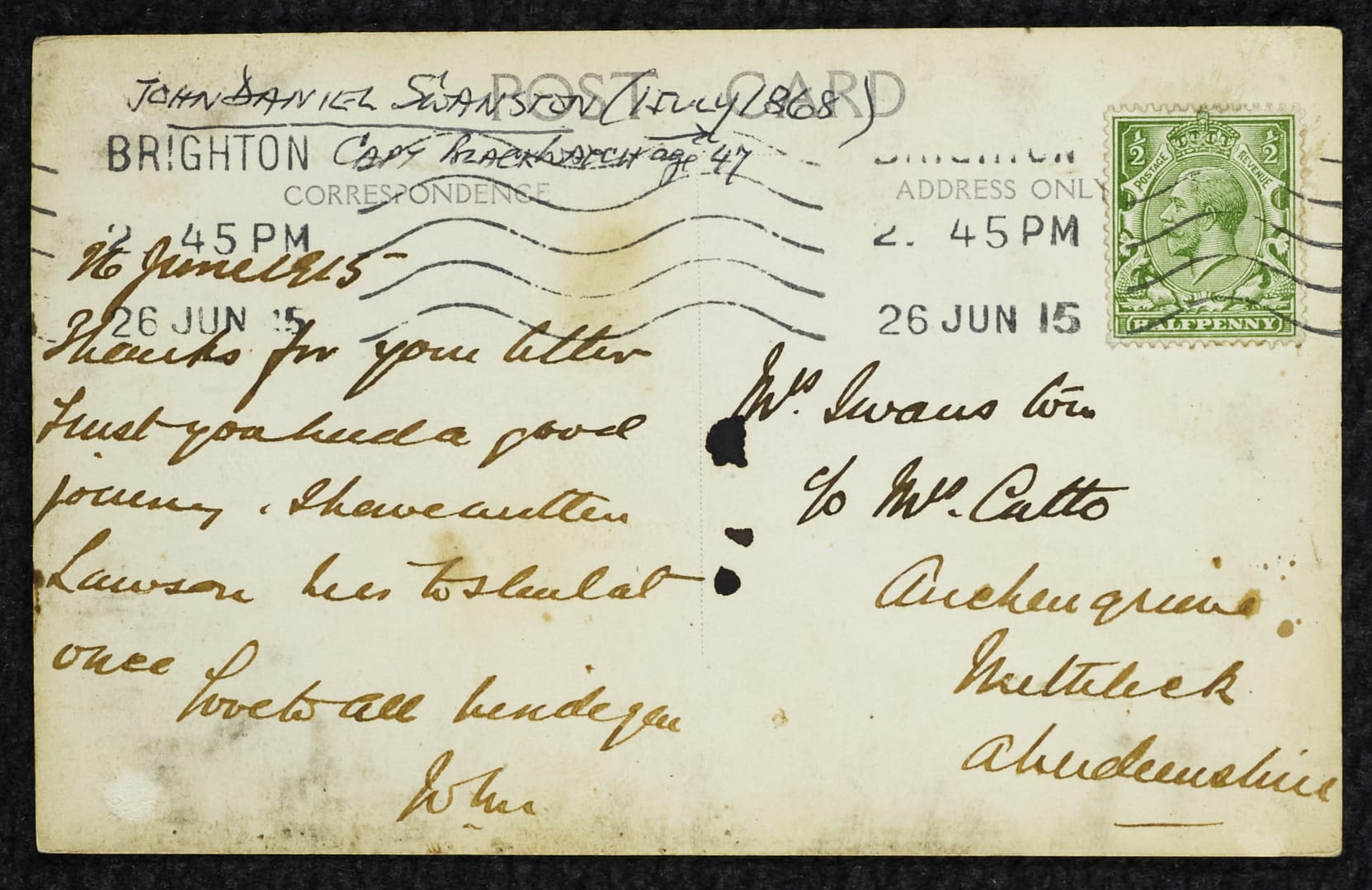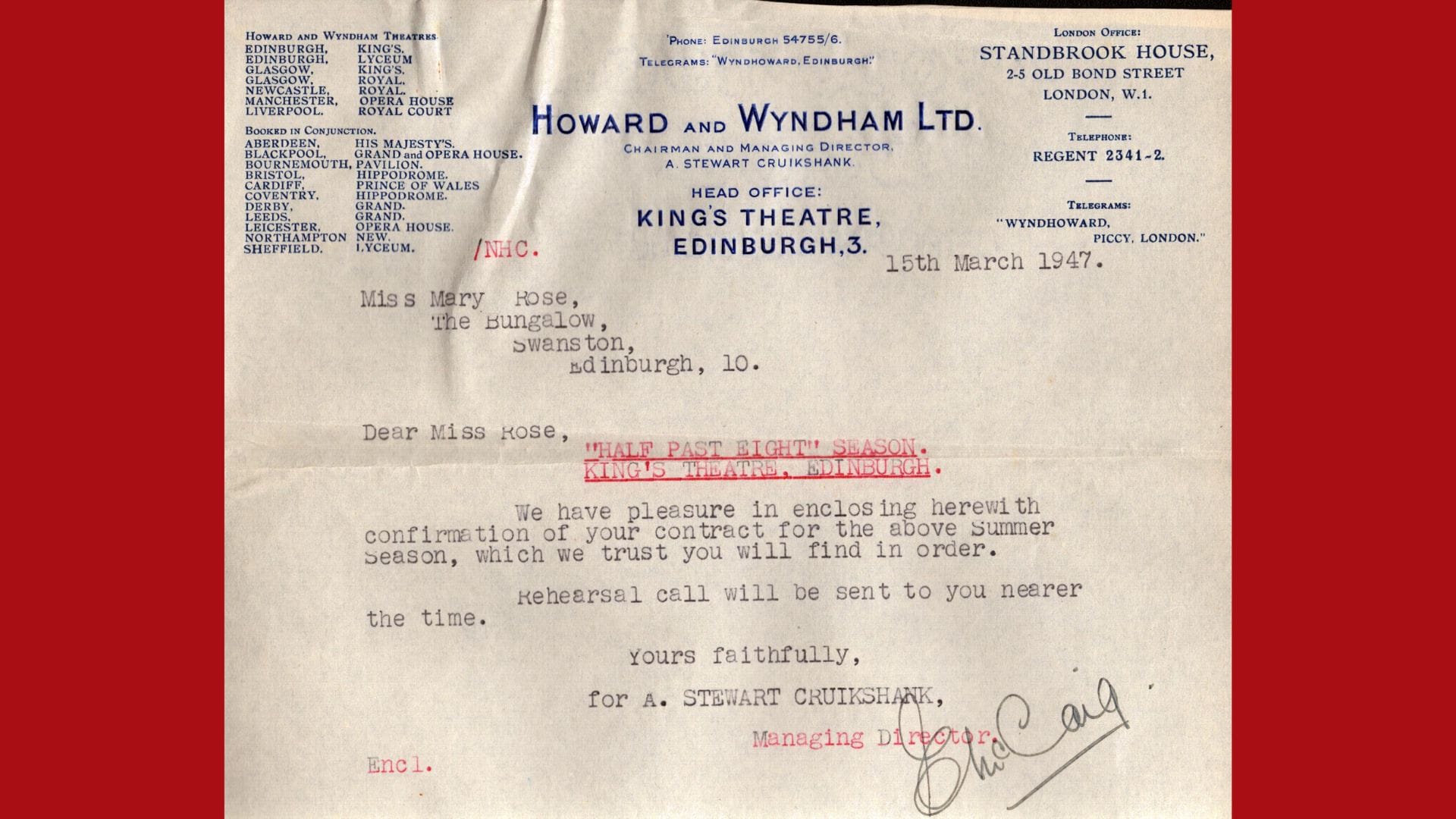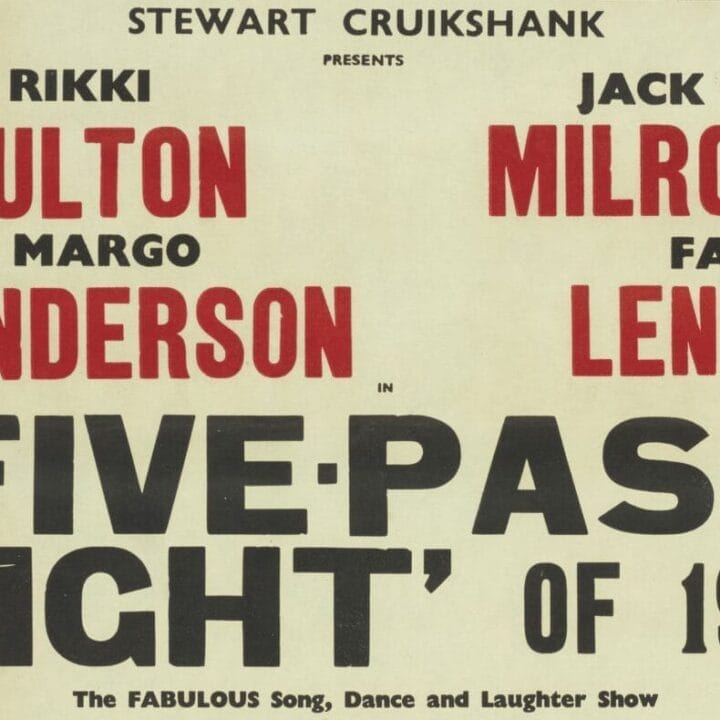The first two names on the message in a bottle are W. S. Cruikshank & Son. Read ahead for their unusual story.
An unexpected turn in 1906
William Stewart Cruikshank and Son was a respected building company in Edinburgh at the turn of the century. W. S. Cruikshank and his son were responsible for constructing tenement flats and commercial spaces. He managed the building company but started to pass off duties to his son, Alexander Stewart Cruikshank who became heavily involved in the construction and later management of The King’s Theatre.
When The King’s Theatre opened in 1906-1907, it was managed by R.C. Buchanan. In 1908, Howard & Wyndham had the option of acquiring The King’s, but turned it down, leaving the door open for W.S. and Stewart Cruikshank to seize the opportunity. W. S. Faced with the prospect of absorbing a £20,000 loss which is equivalent to around £3 million today. W.S. Cruikshank and his son Stewart made a pivotal decision.
With no background in theatre, it was a surprising gamble for this builder to take on the role of keeping up a brand-new theatre. Cruikshank was responsible for acquiring the building and ongoing works while his son was to learn to business. In 1908, directorship was formally handed to Stewart Cruikshank in 1908. With no background in theatre, it was a surprising gamble for this builder to take on the role of keeping up a brand-new theatre. However, he excelled. Stewart Cruikshank worked his way up, touring great theatres in the UK and Europe to keep up with new trends and tastes. His skills acquiring and programming touring circuits increased his image and in 1928, Howard & Wyndham accepted a deal from the lucrative enterprise W.S. Cruikshank and son had built. The companies merged and the King’s Theatre became part of the Howard & Wyndham theatrical empire, but now W. S. Cruikshank was appointed chairman and the headquarters for it all was based at the King’s.
Old Edinburgh
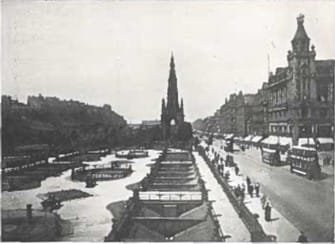
Stepping into the spotlight: Stewart’s rise
Born on 2nd August 1877 at 6 Thistle Place in Edinburgh, Alexander Stewart Cruikshank was the eldest of William and Jane Cruikshank’s children. After an education at George Heriot’s School and Heriot-Watt College, he trained as a carpenter in his father’s business. Eventually, he became a contractor and partner in the firm.
By 1908, Stewart was actively involved in managing the King’s Theatre and was officially appointed Managing Director in 1911. Over the next 17 years, he nurtured a flourishing touring company that ultimately captured the attention of Howard & Wyndham. In 1928, after extensive negotiations, they acquired the King’s, appointing Stewart as a managing director. He remained based at the King’s now using at a base for Howard & Wyndham’s operations.
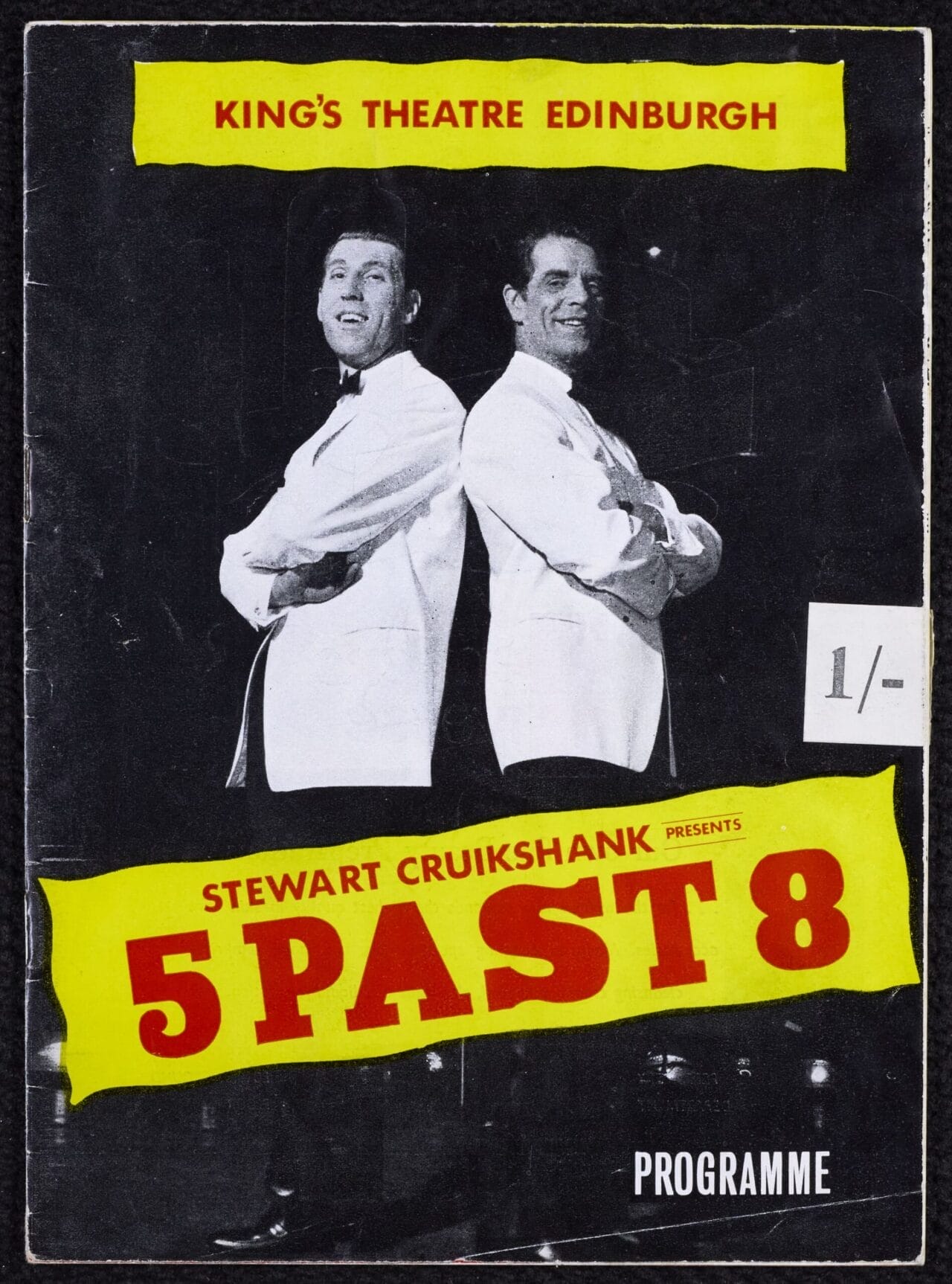
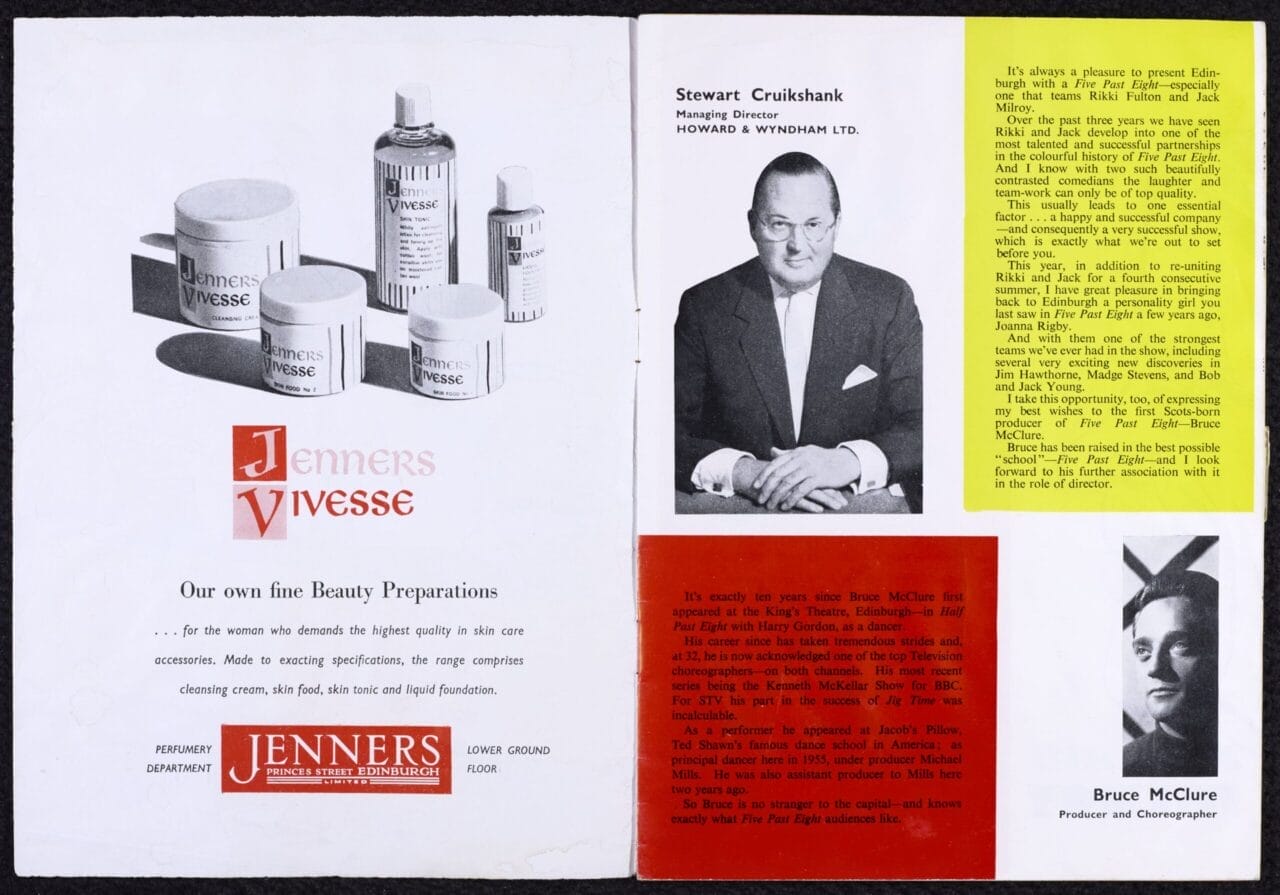
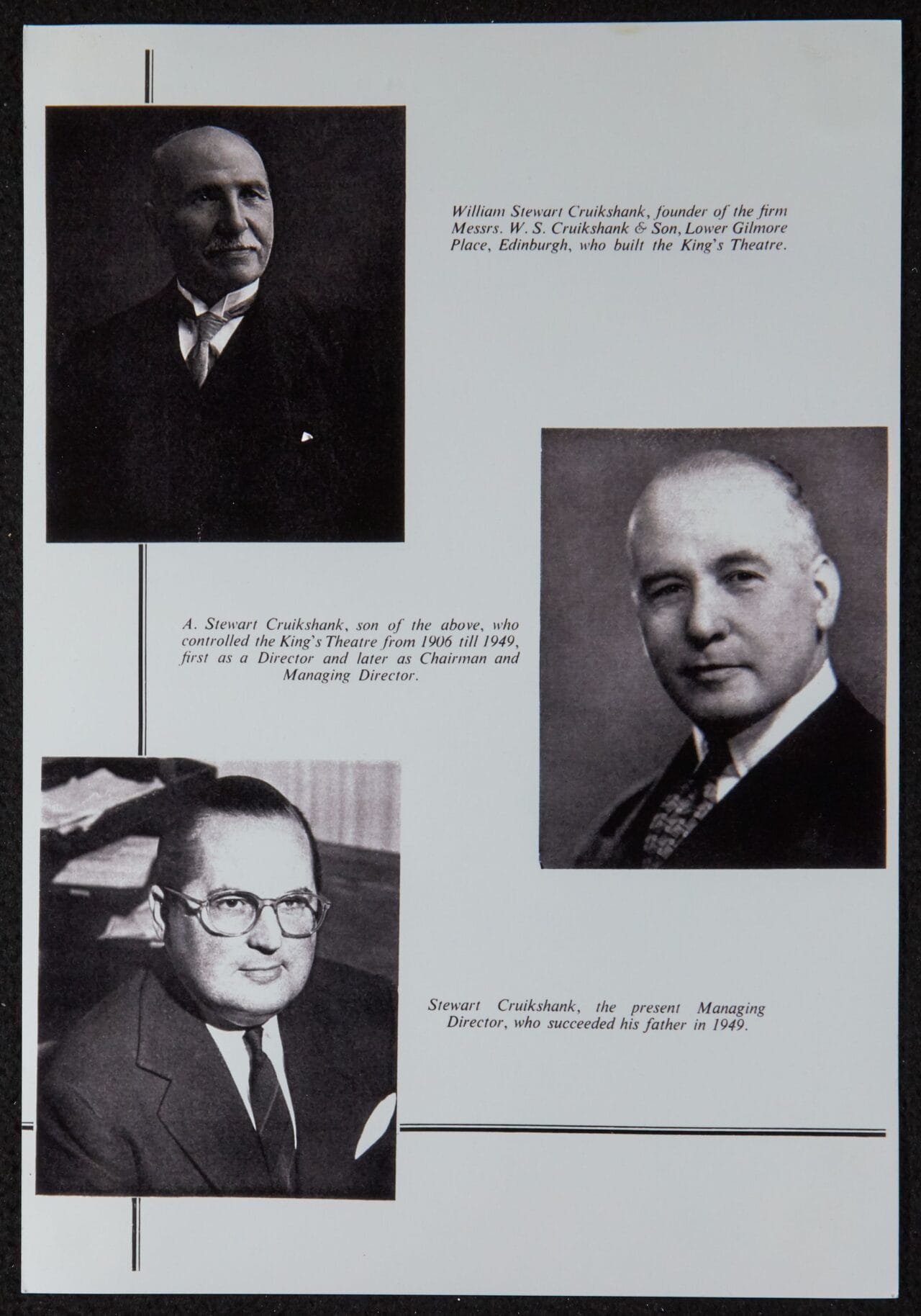
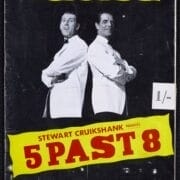
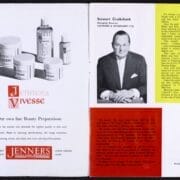
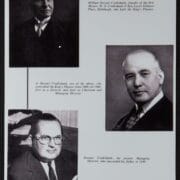
A builder with a vision
Despite his growing reputation in the theatre world, Stewart always knew himself as a builder first, a detail even reflected in the 1921 census. Yet, his influence extended far beyond construction. He played a critical role in shaping Scottish theatre for decades, driven by his passion and pioneering vision.
Stewart was aways hands-on: he travelled across Europe and America scouting talent and venues, refusing to book acts he hadn’t personally seen. He brought the latest theatre innovations home, always striving to improve the experience for audiences and performers alike.
His pantomimes became legendary, and he revolutionised programming with the introduction of the “Half Past Eight” variety show. Renowned for his instinct in recognising star potential, Stewart helped launch many artists’ careers.
In addition to his role at Howard & Wyndham, he held directorships across several theatre and production companies, solidifying his influence in the theatrical landscape.
Public service and sudden farewell
Stewart’s impact extended into civic life. In 1938, ahead of the Empire Exhibition in Glasgow, he was appointed convenor of Edinburgh’s Theatrical Sub-Committee to welcome visiting tourists. In 1945 he was appointed Chairman of the Howard and Wyndham Theatre Company.
Away from the theatre-world, on 7th January 1937 he was made a Justice of the Peace for the city of Edinburgh.
Tragically, on 8th December 1949, exactly 43 years after the King’s Theatre first opened, Stewart died suddenly in a road traffic accident. His passing shocked the industry.
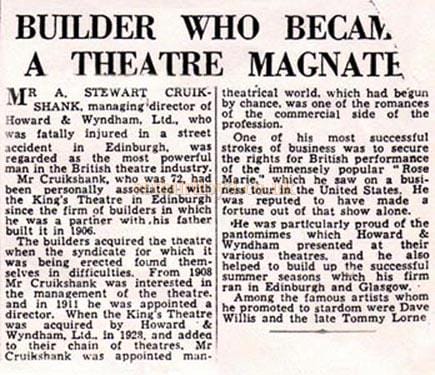
Only his inability to get all the permits he needed prevented him restoring the theatres in post-war days as he would have liked.The Manchester Evening News
He was tremendously energetic. The last time he was in Manchester to stock take at the Opera House (a Howard and Wyndham theatre), although nearly 72, he had done every bit of the job himself, even climbing on the roof to check it.The Manchester Evening News
He practically controlled ‘no 1’ touring in the UK.The Manchester Evening News
If I have lost my best friend the theatre has suffered its biggest loss for many years.Manager of the Manchester Opera House
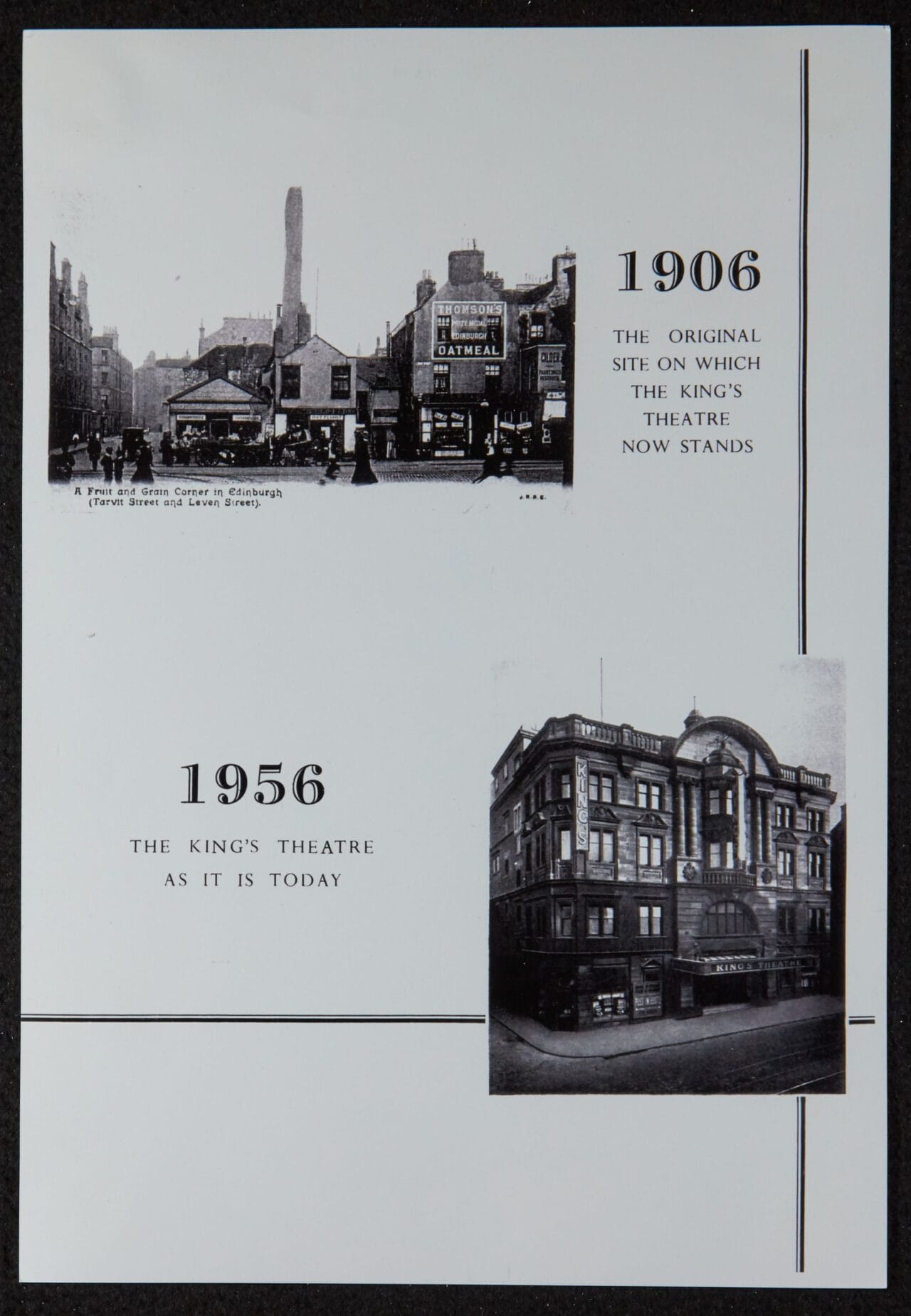
A legacy continued
Following Stewart’s death, his son, also named Stewart, carried the family torch. Having joined the company’s London office in 1930 and becoming a director by 1940, he was well-equipped to lead the next generation of the Cruikshank legacy.
The story of the Cruikshank family is one of bold decisions, creative vision, and generational dedication, shaping not only the King’s Theatre but also the wider world of Scottish performance forever.
Volunteer Research
Learn more about the Howard & Wyndham Theatre Empire by exploring Box 33 from The People’s Archive, a vast collection of posters from the 1960s showing the range of shows that continued at the King’s.
